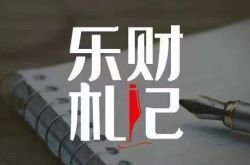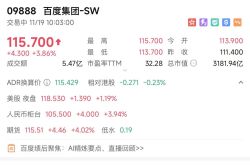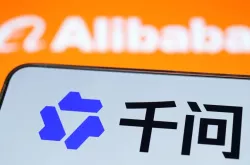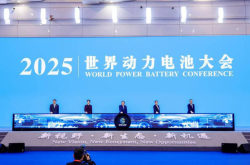Pix Exclusive | Toyota China's Balance: Adjusting 'Sister Models,' GAC Toyota to Halt Production of Multiple Best-Selling Fuel Vehicles
![]() 11/19 2025
11/19 2025
![]() 359
359
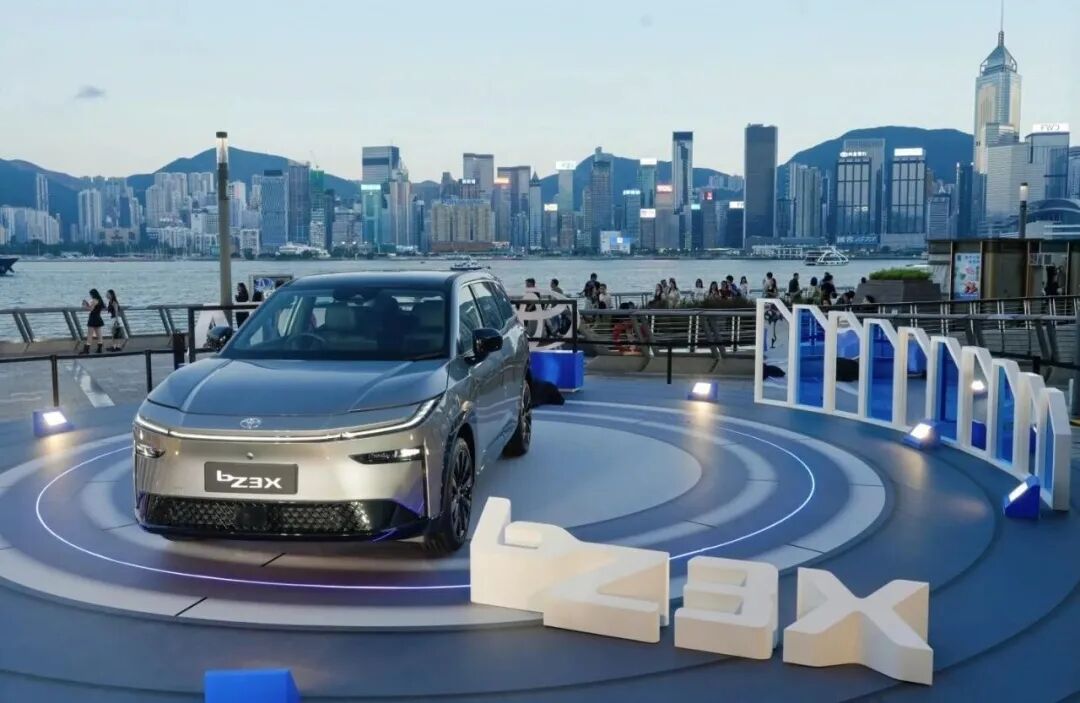
Marked by the halt in production of several fuel vehicles with monthly sales exceeding 10,000 units, Toyota China is realigning the relationship between its north and south joint ventures to pave the way for a new energy transition.
Editor | Mao Shiyang
Original content by Autopix (ID: autopix)
01
GAC Toyota to Halt Production of Multiple Best-Selling Fuel Vehicles
In line with Toyota China's strategic goals, the two joint ventures, North and South Toyota, will streamline their fuel vehicle product lines at their own pace.
We exclusively learned that GAC Toyota will halt production of at least two main fuel vehicles in 2026, one being a compact sedan with recent monthly sales of over a thousand units, and the other a mid-size SUV with monthly sales exceeding 10,000 units.
Joint ventures value annual sales volume, and the reduction in the number of main fuel vehicle models will inevitably cause pain in performance. GAC Toyota's cumulative sales for the first 10 months of this year were 639,100 units, with the two halted models contributing nearly 130,000 units, accounting for about one-fifth of the total sales.
One of the two halted models from GAC Toyota is nearing a mid-cycle refresh, and the new model is expected to have a sales cycle of only about a year after its launch.
The 'disconnection' of main fuel vehicles is rare among joint ventures. One reason for GAC Toyota's move is that Toyota China is adjusting its product strategy and changing the practice of deploying 'sister models' at the two joint ventures.
'Sister models' are a common strategy among joint ventures, involving minor differentiated adjustments to a main model, which are then deployed at the two joint ventures. Toyota has followed this practice in the Chinese market for over 20 years, such as GAC Toyota's Camry, Venza, and Levin, which correspond to FAW Toyota's Avalon, RAV4, and Corolla.

Camry
The 'sister model' strategy was suitable for the rapidly growing Chinese auto market, allowing for the quick aggregation of more production and sales resources to launch main models faster and more accurately, capturing as much market dividend as possible.
However, in the phase of fierce competition in the automotive market, the 'sister model' strategy can lead to internal friction. Among models with similar product strength, price competition is most effective. A person close to Toyota's sales system told us that when one joint venture lowers prices, the other has to follow, resulting in a zero-sum game. While sales are maintained, profit per vehicle has been declining.
Therefore, starting from 2024, some Toyota joint ventures have narrowed price reductions on models where the opponent's price war is most intense. The sales volume of this model from the company dropped from nearly 20,000 units at its peak to about 5,000 units by the end of last year, and only over a thousand units in recent months, effectively handing over the sales of this 'sister model' to the opponent.
It's not just GAC Toyota that is halting production of 'sister models.' We learned that FAW Toyota will also halt production of some models, including a flagship sedan with monthly sales exceeding 10,000 units.
After Toyota China's balancing act, competition between North and South Toyota has eased, and cooperation between the two has increased. We learned that North and South Toyota have begun to strengthen cooperation in sales channels, with many dealers now selling products from both sides, internally referred to as 'co-selling stores.'
A Toyota executive told us that the scope of 'co-selling stores' is currently limited, mostly confined to cities with only one Toyota dealership.
With the phasing out of Toyota's 'sister models,' there will be more room for cooperation between the two joint ventures.
02
New Energy Vehicles Fill the Gap
After the establishment of Chery's domestic business group in July this year, Fengyun was upgraded from a product line under the original Chery brand to an independent new energy vehicle brand, with a positioning equivalent to Geely Galaxy and Changan Qiyuan.
To minimize the impact of product adjustments on short-term sales, the production halt will be completed in batches.
We learned that GAC Toyota's third production line will undergo transformation in the first half of next year to produce new energy vehicles. Correspondingly, GAC Toyota will only halt production of one sedan with lower sales in the first half of next year, while another SUV with higher sales is expected to be gradually phased out by the end of next year.
Therefore, the production halt will not have a significant impact on GAC Toyota's sales next year. GAC Toyota will focus on cultivating new energy vehicle sales to offset the long-term impact of the reduction in fuel vehicle products.
Although GAC Toyota's new energy vehicle product line is still thin, resources are being intentionally tilt . A GAC Toyota dealer told us that GAC Toyota slightly lowered its fuel vehicle sales target for November at the end of last month and significantly raised the monthly sales target for the bZ3X.
The all-electric new model bZ3X, launched in the first quarter of this year, has accumulated sales of 45,000 units in the first 10 months, with sales exceeding 10,000 units for the first time in October. The bZ3X is GAC Toyota's only best-selling new energy vehicle.
We learned that the order target for the bZ3X this month is 12,000 units. 'Generally, manufacturers issue monthly sales targets for two months at a time, but this time we only received the target for November,' a dealer told us. It is likely that GAC Toyota will have a more aggressive order target in December, with the bZ3X possibly challenging an order target of 20,000 units in December to capture the 'tail effect' of the phasing out of the new energy vehicle purchase tax exemption policy.
If monthly sales reach 20,000 units, new energy vehicles are likely to become GAC Toyota's single-model sales champion for the first time. In October this year, GAC Toyota's best-selling model was the Camry, with monthly sales of 19,000 units.
GAC Toyota aims to return to annual sales of 1 million units between 2028 and 2030. The company briefly reached annual sales of 1 million units in 2022, but by 2024, annual sales had dropped to 770,000 units.
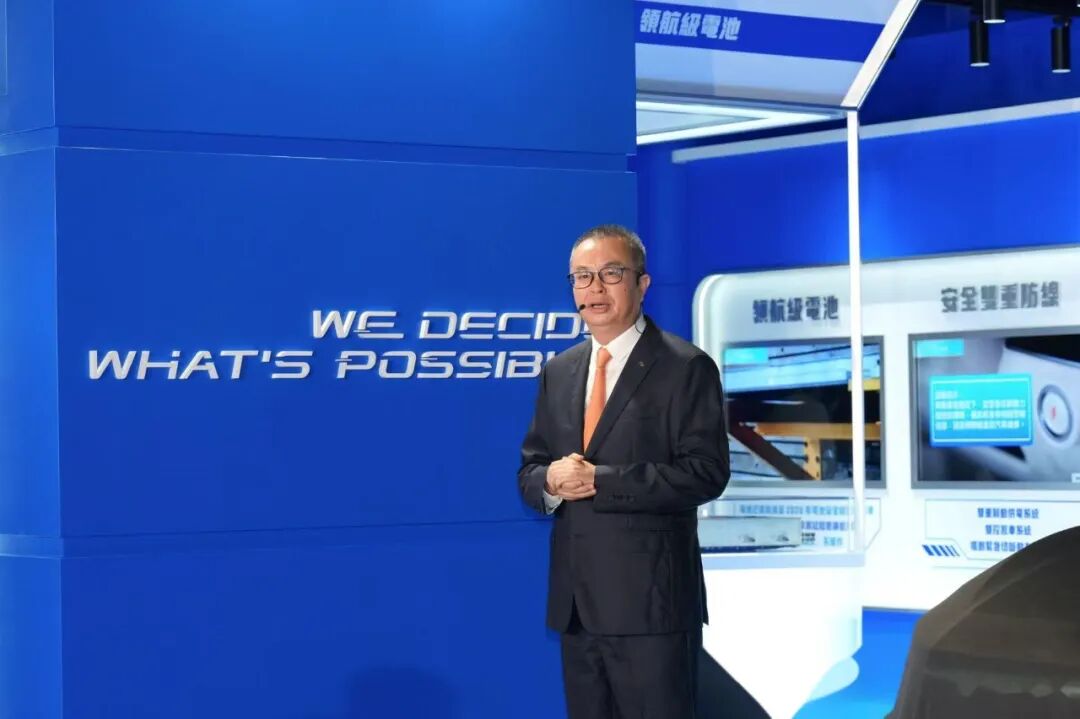
Wen Dali, Executive Deputy General Manager of GAC Toyota
To achieve the goal of returning to 1 million units, net sales growth needs to exceed 200,000 units. Coupled with filling the gap left by the halt in fuel vehicle production, GAC Toyota needs to achieve an increase of over 300,000 units in new energy vehicle sales.
The anchor point is the optimization of the product line. The bZ3X is GAC Toyota's first new energy vehicle developed and launched locally in China, followed by the all-electric flagship sedan bZ7, as well as plug-in hybrid or extended-range versions of the Highlander and Sienna.
In April this year, Toyota China announced the RCE (China Chief Engineer) system, transferring the research and development decision-making power for Toyota China's models from the Japanese headquarters to the Chinese mainland. The Chinese engineer team has decision-making power throughout the entire process, from product planning and development to production and sales.
Toyota announced four Chinese chief engineers at once, who will lead the development of the bZ3X, bZ7, new models in the bZ series, and the next-generation Corolla. The first two models will be produced by GAC Toyota, while the latter two will be mainly supplied to FAW Toyota.
The research and development teams of Toyota's two joint ventures are small, with only about 600 engineers; in comparison, SAIC Volkswagen has 2,000 to 3,000 engineers, and Changan Automobile has 18,000.
North and South Toyota cannot undertake the development of self-researched new vehicles, so the development of new vehicles will be led by Toyota China and completed in cooperation with domestic auto companies. From the movements of the bZ3X, GAC Toyota's products are jointly developed by Toyota China and GAC Group, while FAW Toyota's products are developed in cooperation with BYD.
In late September this year, Toyota Motor signed strategic cooperation framework agreements with FAW Group and GAC Group in the fields of electrification and intelligent connectivity. In addition to launching hybrid and plug-in hybrid vehicles, the three parties will also launch low-cost all-electric vehicles and hydrogen fuel cell vehicles.
However, for the two joint ventures, relying solely on product and technology inputs from shareholders can only solve basic research and development issues. Within the entire Toyota system, the joint ventures are closest to the users, and North and South Toyota need to build their own product systems.
Not long ago, Wen Dali, Executive Deputy General Manager of GAC Toyota, revealed that GAC Toyota is making efforts at both the user and research and development ends, expanding its engineer team and cultivating self-research capabilities while optimizing the user research process and learning from Huawei.
In late October, GAC Toyota held an internal product enhancement meeting to bring the entire system closer to 'users' and the market.
Facing the sales gap caused by the halt in production of main fuel vehicles, GAC Toyota is fully betting on new energy vehicles, attempting to integrate into China's new energy boom and find a path for transformation under the 'shackles' of the conservative Japanese system and the joint venture framework.
This article is original content by Autopix (autopix) and may not be reproduced without authorization.



